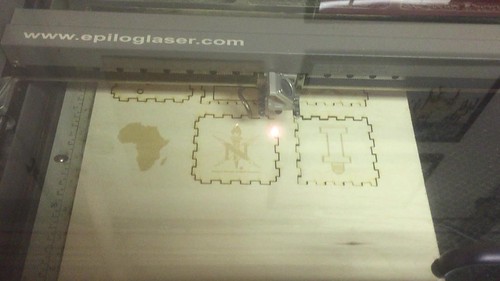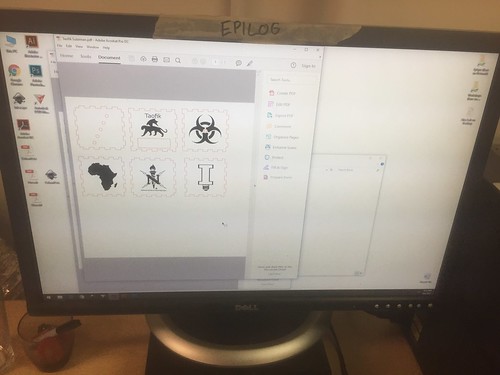After three of making at the Fab Lab, we finally completed our light-boxes! For me week one was all about learning how to laser cut and designing the outside of my light-box. Then week two was learning about coding and testing an arduino. My final week at the Fab Lab was dedicated to soldering my arduino.
I have had zero experience with soldering. I did have a few concerns though. I was concerned I would burn myself and that i would soldering the wrong wire. Recalling from the time I coded and tested the arduino the previous week, I found connecting the wires slightly confusing. If you put one wire in the wrong spot then it can throw off the entire arduino. Although I founded soldering easier to pick up than I had previously thought. We were given a brief lesson of how soldering works and then the soldering began! We first connected all the wires together by twisting their ends together to make sure that we ad the structure correct. Then we soldered the connections to make them permanent. I found it crazy how fast the soldering metal would melt and the solidify. A few good tips I learned from soldering were:
- Clean your iron off on the sponge.
- Do not touch your eyes or face once you have touched the soldering metal.
- Do not hand your iron to someone else.
These tips were the keys to my success!
After I had completed soldering then I had completed all three stages in developing a light-box. The only thing left to do was assemble it. Now that everything else was done, this part was simple. To assemble the box, you needed to put the arduino inside the box and assemble and glue the box around the arduino. Then you are left with a completed light-box!
These past three weeks have given me a lot of experience with developing a product from start to finish. It has given me great insight to somewhat of what it takes when you actually start developing a product. You need to individually develop each component of your product. This reassures that each part is working properly. Then once you have done that you can confidently. I will take what I learned with me to make my team’s product for this class. I have really enjoyed these past three weeks and everything the Fab Lab has taught me!!









